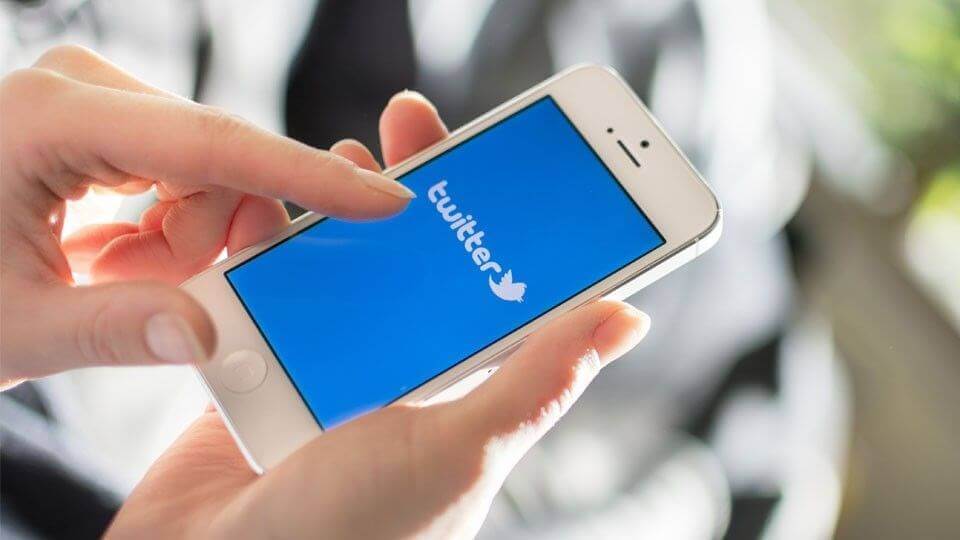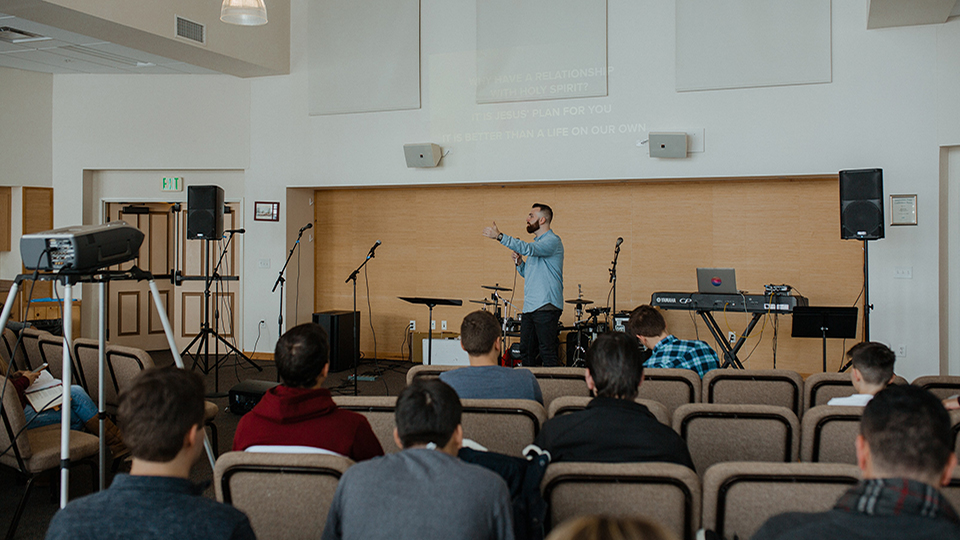
5 Reasons to Create a Personal Learning Network on Twitter
April 19, 2016
I recently joined the Twitterverse. I resisted at first because I wasn’t into following celebrity tweets or re-reading what my friends had already posted on Facebook. I also did not want another social media account to follow However, after a conversation with a fellow educator , I was convinced I needed to create a Twitter handle to connect professionally with other educators.
Educators today are networking via blogs, wikis, Pinterest, and even Facebook. Now educators are harnessing the power of Twitter and creating their own personal learning networks . Here are five reasons why you, as an educator, should create your own professional Twitter handle and connect with others in your field.
Related: How to Teach Non-Techies Online
1. Connect with Other Educators
When you join Twitter, you join a global community of learners. Follow like-minded people and develop your personal learning network. Search for those who share your common interests and ideas so you may learn from one another even if one is halfway around the world.
2. Collaborate with Other Educators
Twitter provides an opportunity to collaborate, share ideas, and resources with professionals from all over the world. Educators meet frequently on-line to participate in discussions via Twitter chats. Some may lurk to “listen in” on the discussion to learn, but many will join the conversation to discuss important topics and issues in education.
3. Create a Personal Learning Network
When you create your own personal learning network, you are motivated to pursue topics that interest you. Twitter is professional development in the palm of your hand. Educators use Twitter to instantly learn about the latest research, classroom strategies, or even peek into other teachers’ classrooms to learn. By following other professionals, you can personalize the content you receive and share with others.
4. Engage Students
Educators use Twitter as a classroom tool to connect students to a global community of learners. Extend learning beyond the walls of the classroom by facilitating discussions, collaborating and sharing with other classrooms locally and globally. Use Twitter to help students personalize content to meet individual student needs and interests. Enhance content area learning by following organizations that may add to the body of knowledge explored in the classroom.
5. Model Digital Citizenship for Students
By using Twitter in the classroom, educators provide an opportunity for students to practice digital etiquette in a safe environment. Students need good models of appropriate and responsible use of technology, especially with social media.
Instead of tweeting what you had for dinner or that you just completed level 264 on Candy Crush, create your professional Twitter handle and build your personal learning network one follow at a time. One can learn a lot from 140 characters.
Related: Is our Assessment Procedures Truly Assessing Learning?
Want more ThoughtHub content? Join the 3000+ people who receive our newsletter.
*ThoughtHub is provided by SAGU, a private Christian university offering more than 60 Christ-centered academic programs – associates, bachelor’s and master’s and doctorate degrees in liberal arts and bible and church ministries.



